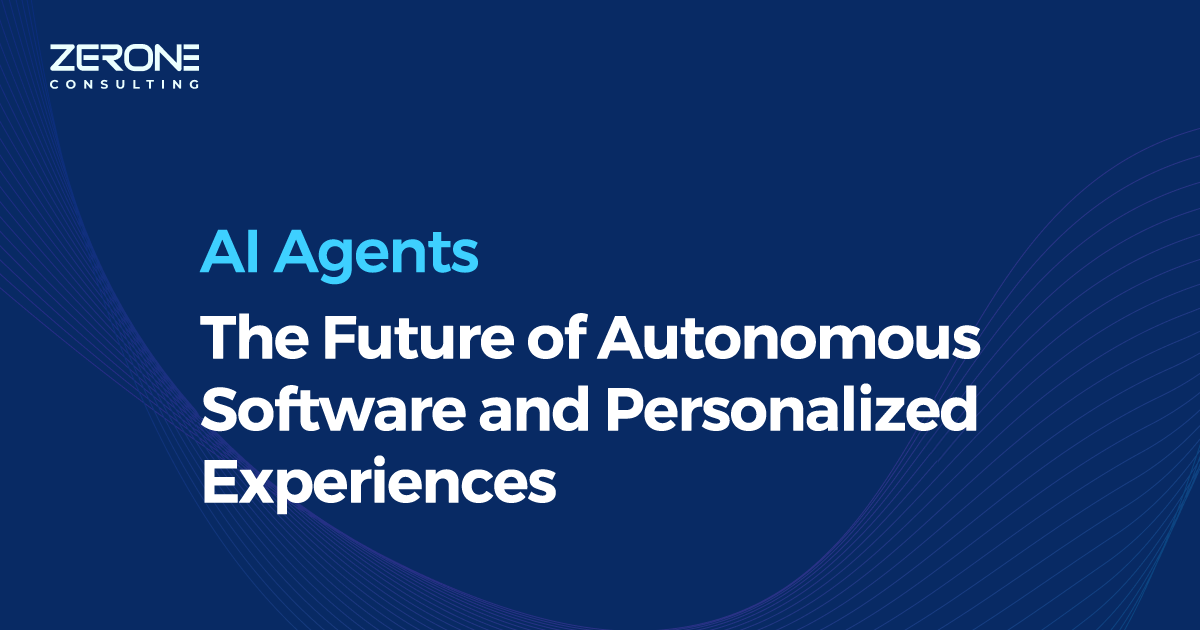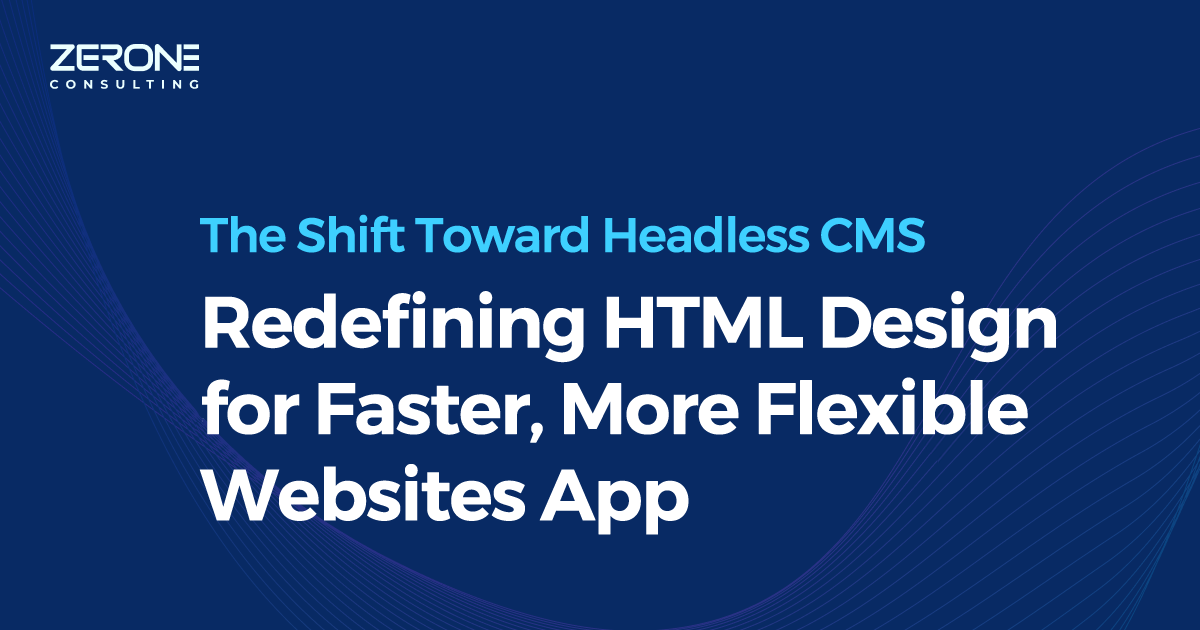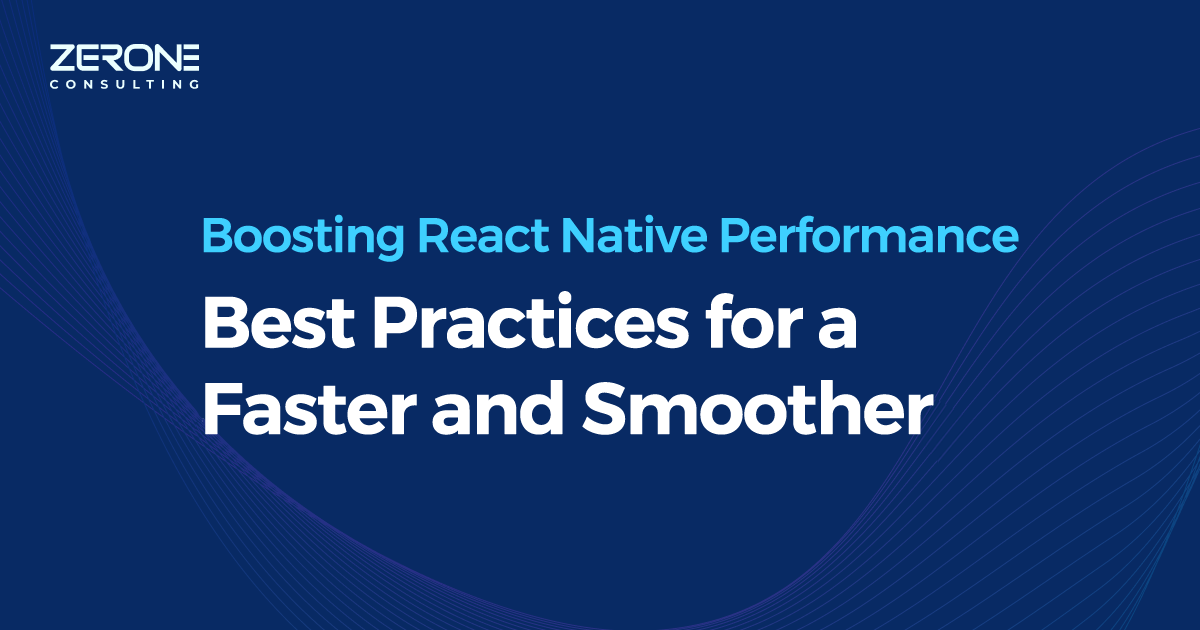How Confidential Computing Secures Sensitive Data in AI Applications
The advent of AI, with rapid advancements like large language models has opened a world of possibilities, to those who are willing to adopt it. These tools can perform insights on data that people may not have thought possible until now. But one of the major concerns which made organizations reluctant in mating their data with AI is data privacy. And rightly so.
Sensitive data such as personal, financial or medical are to be treated with caution. Traditional cloud-based AI tools can expose such data to risks during processing, potentially causing regulatory compliance violations and data breaches.
This is where confidential computing becomes relevant. It is a modern approach to security that ensures that data remains encrypted not just in transit and at rest but while in use also. By leveraging Trusted Execution Environments (TEEs), it is now possible to create secure enclaves in the cloud which can make privacy enabled AI applications in the cloud a reality.
How confidential computing can enhance AI workflows
Confidential Computing addresses one of the major vulnerability of data – Exposure during processing. It enables,
Secure Data training - When training AI models, sensitive data can be processed in secure enclaves in the cloud, protecting it from both external and internal threats.
Secure Integrations – Enable collaboration with third party AI platforms by processing data in TEEs.
Comprehensive encryption – Data remains encrypted at all stages: transit, at rest and while in use.
How it works
Applications process data by loading it to memory, decrypting it and do the processing. This means that there is a brief window of time where the data is exposed in an unencrypted form. Immediately before, during and after the processing. This leaves the data vulnerable to memory dump attacks. A compromised admin account too can read the memory and access unencrypted data.
Confidential Computing addresses this issue by using a hardware-based architecture called as Trusted Execution Environment (TEE). TEE is a segregated area of memory and CPU that are protected from the rest of the environment (CPU, Operating System and other processes) using encryption. Any data within cannot be read by any application that resides out of this environment. Within the TEE, data is processed in the clear, but any applications outside will see it encrypted. TEE also offers verification and attestation to ensure that a code is authorized, before execution.
Some use cases
Financial Services – AI models are widely used in the financial sector for fraud detection and risk assessment. Confidential computing enables financial institutions to train AI models on sensitive data without fear of exposure.
Healthcare - Medical diagnosis and research can gain much by using AI. But exposure of PHI (Patient health Information) is risky and may lead to challenges with regulatory compliances. Confidential computing enables secure training of predictive models on medical records maintaining HIPAA compliance.
Challenges
Performance is important for any applications and encryption induces additional latency. A balance of security and performance is to be considered before designing architectures, especially with real-time AI applications.
Integration with TEE framework may demand changes in existing AI workflows, to work seamlessly.
Availability While most major cloud providers offer confidential computing capabilities, there may be providers operating in niche areas who are yet to begin offering these services.
Conclusion
As AI continues to be widely adapted by industrial sectors, the need for secure data practices too will increase. Confidential Computing can serve as an option to secure data but still leverage AI capabilities for organizations with sensitive data.
The future of AI adoption depends on how securely one can share data with AI platforms and confidential computing certainly seems a promising way forward.
We can help!




